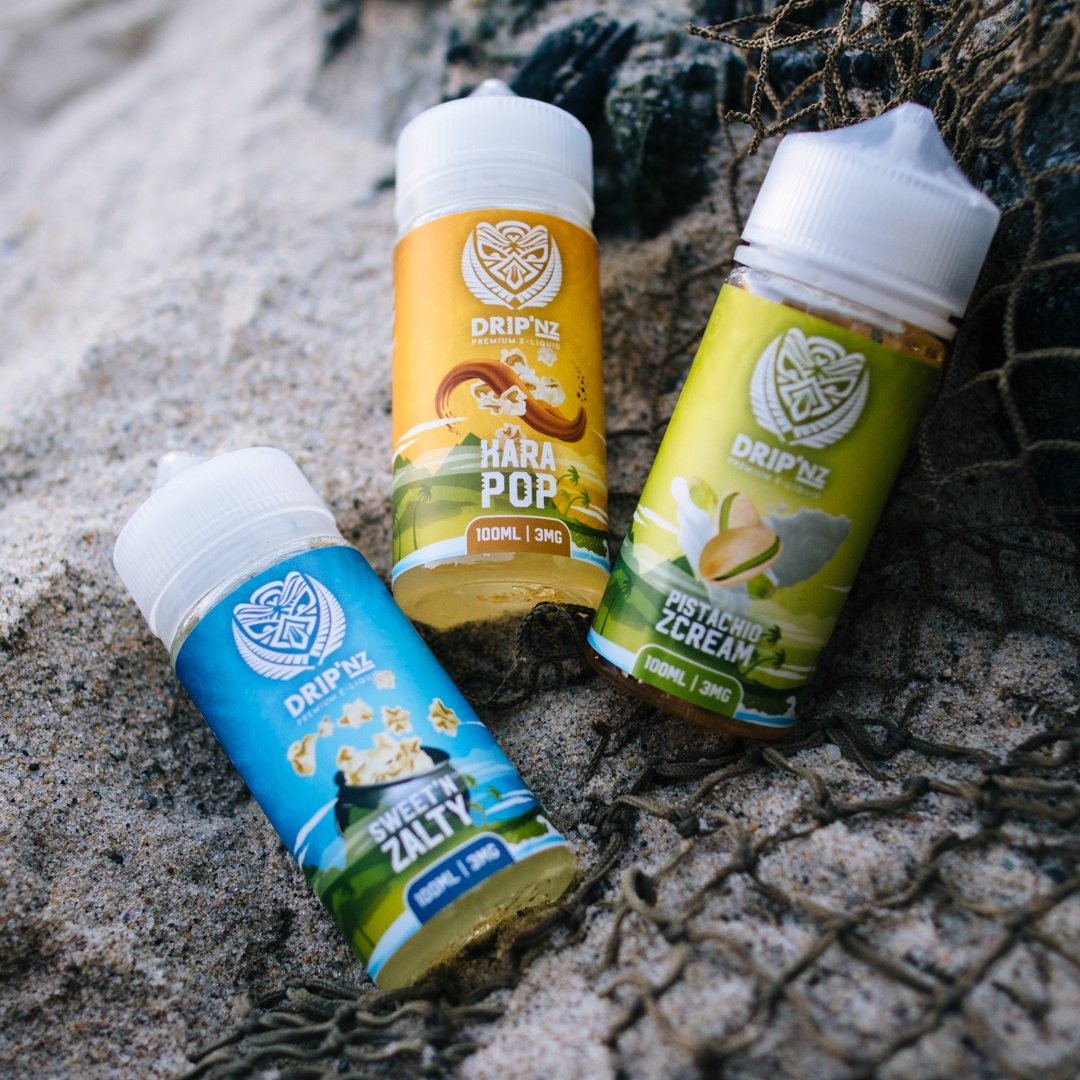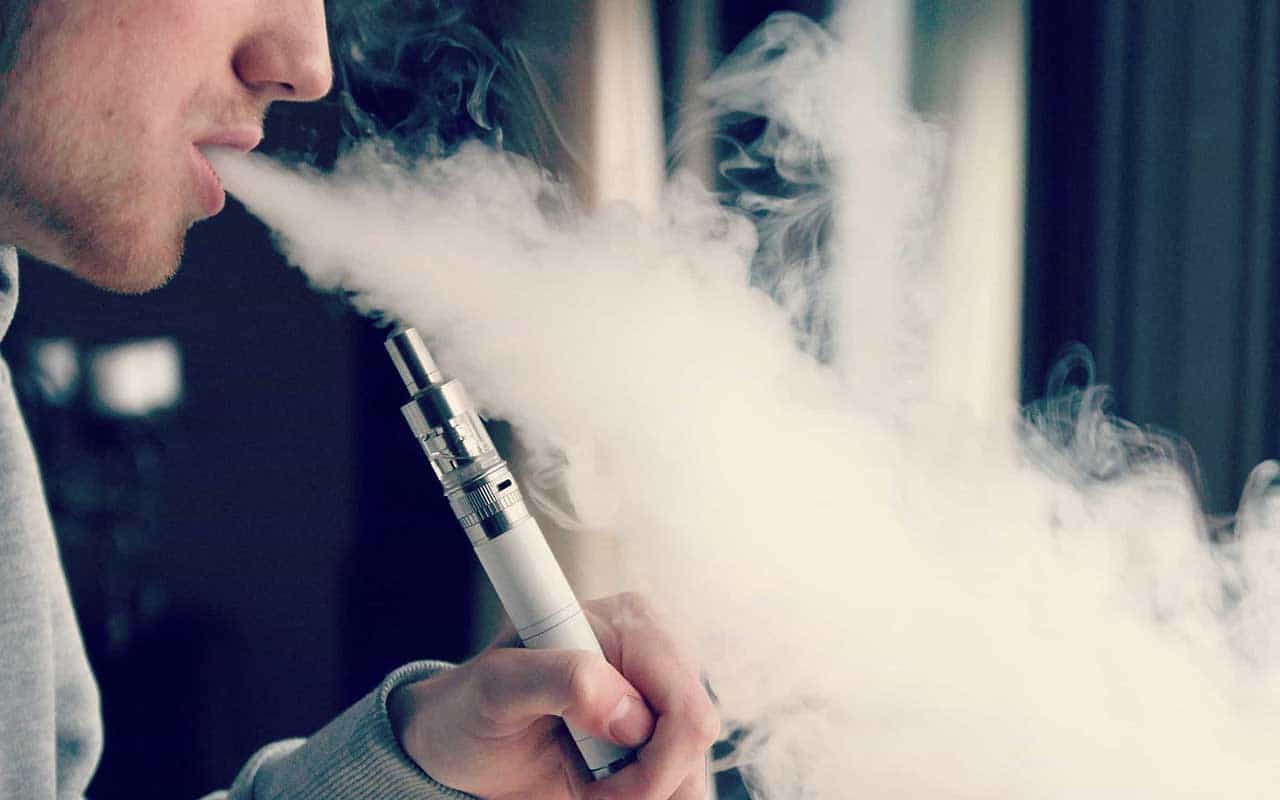
Every year, 6 million deaths worldwide are attributed to smoking traditional cigarettes. The World Health Assembly has already put a variety of programs in place to eliminate its prevalence without much success. With its ambitious 2025 smokefree goal, New Zealand has been very assertive in leading the fight against the burden of deaths and health risks due to smoking.
Since its commercial launch, many countries have reacted negatively to starter eCigs and the use of vape juices. But with increasing proof that vaping is better than smoking, the NZ Ministry of Health publicised a shift in the support of vaping in late 2017. From its vague position, health officials became more certain in their approval of using vaping as an alternative to successfully quitting smoking.
Starter eCigs and Vape Juices– How It All Started
Modern e-cigarettes were developed in China by Hon Lik, a pharmacist and inventor. A heavy smoker, he decided to quit after his father who also smoked heavily died of lung cancer. The e-cigarette design patent was registered in 2003 which intended to provide an alternative to smoking. Its commercial success in the domestic Chinese market led to its invasion of the US and EU markets. Soon after, more and more tweaks and developments were made to electronic cigarettes to satisfy the frustrations of some users. Today, the options have become extensive; from basic starter ecigs to complex vape mods.
But did you know that this patent design was inspired by the earliest vaping gadget ever to be developed? Traced back as early as 1963, Herbert A. Gilbert patented the “smokeless non-tobacco cigarette” which worked by replacing burning tobacco in paper with drippy, flavoured air that turned to vapour when heated. This, however, received very little attention with smoking a highly fashionable pastime in that decade. Viewed as an invention that’s too futuristic, the first patent was never commercialised.

Intense Debates on Electronic Cigarettes Use
The past decade has been witness to the significant changes in the acceptance of the use of vaping devices. More than a tool for smoking cessation, vaping has grown into a culture with a huge following. Though risks have been greatly reduced, vaping gadgets and vape juices may still cause harm. The scarcity of studies and proof in its early years sparked many disagreements and intense debates among public health and tobacco control researchers, and advocates. Arguments involved:
PROS
- Significantly less dangerous compared with tobacco smoking
- Secondhand exposure poses no apparent harm for bystanders
- Effectively curbs the appetite for nicotine, eventually transitioning to 0% nic
CONS
- May have health risks yet to be discovered
- May build up nicotine addiction
- Young people who have never smoked tobacco may experiment with the use of vaping devices, so this becomes a tool to introduce nicotine use.
Vaping Devices NZ Regulation
Even before the use of vaping gadgets became popular, the NZ government implemented the 1990 SFEA (Smoke-free Environments Act) clause. This national policy bans the import of oral tobacco products. It also referenced the regulation of nicotine-containing vaping devices and vape juices, branding them as non-cigarette tobacco products and nicotine delivery devices. But, just before the seventh session of the Conference of the Parties (COP 7) at the Framework Convention on Climate Change, the New Zealand government declared their plan to revise the policy. Soon after, NZ amended the SFEA to lift the restriction on sales of nicotine used for vaping devices and vape juices.

Ban Reversed on E-Cigs and Vaping Gadgets
The amended regulations covered the quality of, advertising, and access to e-juices, electronic cigarettes, and other vaping gadgets and is due to be fully implemented by mid to late 2018. The plan also included that vape products be made available where smoking tobacco products are being sold, with the exception of point-of-sale marketing, advertising to and sales to those under 18 years old, which is illegal. Vaping at work and other places where smoking is forbidden is also prohibited under the SFEA.
Implementation of product safety requirements, including nicotine concentration, is also underway. The NZ government continues to work on further plans to make the pre-market approval procedure for new and existing harm-reduced smoking alternatives less complicated.
Vaping in NZ and its Growing Support
Like in many places in the world, the support for vaping in NZ started out mixed with varied views. But like the Ministry of Health’s position on this, the stand of the public has since changed and is shifting towards acceptance. Back in March 2017, the ministry released a statement that they couldn’t confidently recommend the use of vape products as a useful cessation tool due to insufficient evidence and research study results.
The timeliness and popularity of the subject, however, led to a lot of studies conducted. By late 2017, around October, an announcement was made of the intent of the Ministry of Health to support smokers on their use of vaping as a tool to stop smoking entirely. The government decided to focus on the harm-reduction benefits that will eventually lead to quitting smoking successfully.
Vaping Better than Smoking
Within a short time, a strong scientific consensus was arrived at. Studies, surveys and analyses reinforced the efficacy of vaping as a cessation tool and established it as a much healthier pastime than smoking. A stick of combustible cigarette has 7,000 chemicals, and at least 250 are known to be harmful. Exposure to these carcinogens and toxins is the leading cause of lung cancer and is also liable for a host of cancers from the mouth, throat, larynx, oesophagus, stomach, pancreas, liver, cervix, kidney, bladder, colon, down to cancer of the rectum; as well as acute myeloid leukaemia. It can bring about heart and pulmonary diseases. It leads to an impaired immune function, accelerating the deterioration of the body. And it’s not only the smokers who suffer these grave effects but the non-smokers exposed to secondhand tobacco smoke as well.
The use of electronic cigarettes and other vaping devices, on the other hand, significantly cuts down on dangerous chemicals. Though nicotine can still be induced through vaping, users have a choice between varying concentrations of nic strength. Vaping without nicotine can help in satisfying the habit, without sustaining the addiction. The availability of different nicotine levels offers a tremendous quitting advantage. Starting with a higher dose and lowering it over time is a great cessation plan. This minimises withdrawal symptoms and helps smokers achieve a nicotine-free lifestyle.

